
Paleo Diet: Essential Tips for Health and Weight Loss: Complete Guide
What's in This Article
The paleo diet, often referred to as the "caveman diet," is a nutritional plan that seeks to emulate the eating habits of our Paleolithic ancestors. This diet emphasizes whole, unprocessed foods such as lean meats, fish, fruits, vegetables, nuts, and seeds while avoiding grains, dairy, and processed foods. The underlying philosophy is that the human body is genetically adapted to the diet of our ancestors, and modern dietary habits contribute to chronic diseases and health issues. By adopting a paleo lifestyle, individuals can potentially experience a range of health benefits, including improved cholesterol levels, reduced blood pressure, enhanced glycemic control, weight loss, and improved satiety due to its high protein and fiber content. Furthermore, the paleo diet may help reduce the risk of chronic diseases such as heart disease and diabetes by promoting healthier eating habits. However, before making significant dietary changes, it's crucial to consult with a healthcare provider to ensure it aligns with individual health needs and goals. In this comprehensive guide, we will delve into the essential aspects of the paleo diet, explore its benefits, and provide practical tips for those looking to make the switch.
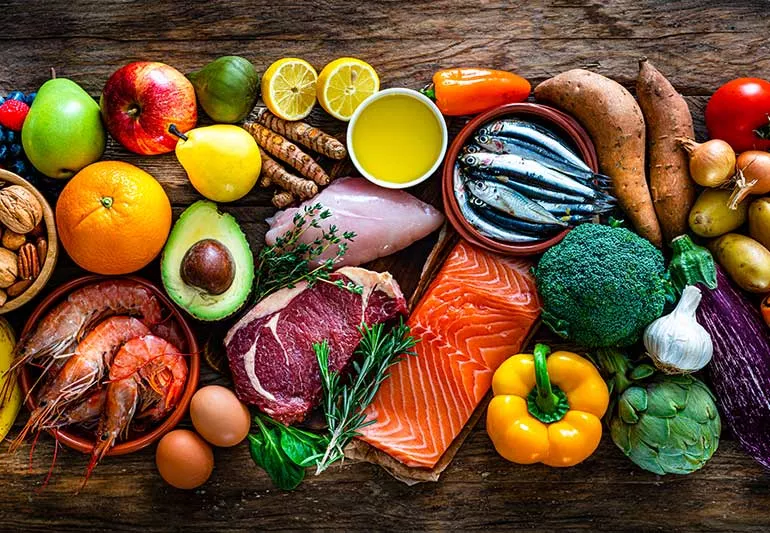
A collection of foods typically consumed in the paleo diet, reflecting the diet's emphasis on unprocessed, whole foods similar to those eaten by our ancestors.
Understanding the Paleo Diet
The paleo diet is centered around the idea of consuming foods that our ancestors would have hunted or gathered. This includes a wide variety of fruits, vegetables, lean meats, fish, eggs, nuts, and seeds. The diet excludes foods that became common with the advent of agriculture, such as grains, legumes, dairy products, and processed foods. The focus is on whole, unprocessed foods that are nutrient-dense and free from additives and preservatives.
The Basics of the Paleo Diet
According to the Mayo Clinic, a modern paleo diet includes foods that people could obtain through hunting and gathering. This approach aims to return to a way of eating that is more aligned with human evolution, potentially leading to better health outcomes.
Why the Paleo Diet is Popular
The paleo diet has gained popularity for several reasons. Firstly, it emphasizes whole foods and eliminates processed foods, which are often high in sugar, unhealthy fats, and artificial ingredients. Secondly, the diet is rich in protein and fiber, which can promote satiety and aid in weight management. Additionally, many people find that the paleo diet helps them feel more energetic and improves their overall well-being.
Moreover, the paleo diet's focus on nutrient-dense foods can lead to improved nutritional intake, which may contribute to better health outcomes. As noted in a Healthline article, the paleo diet may benefit overall health and reduce the risk of certain chronic diseases.
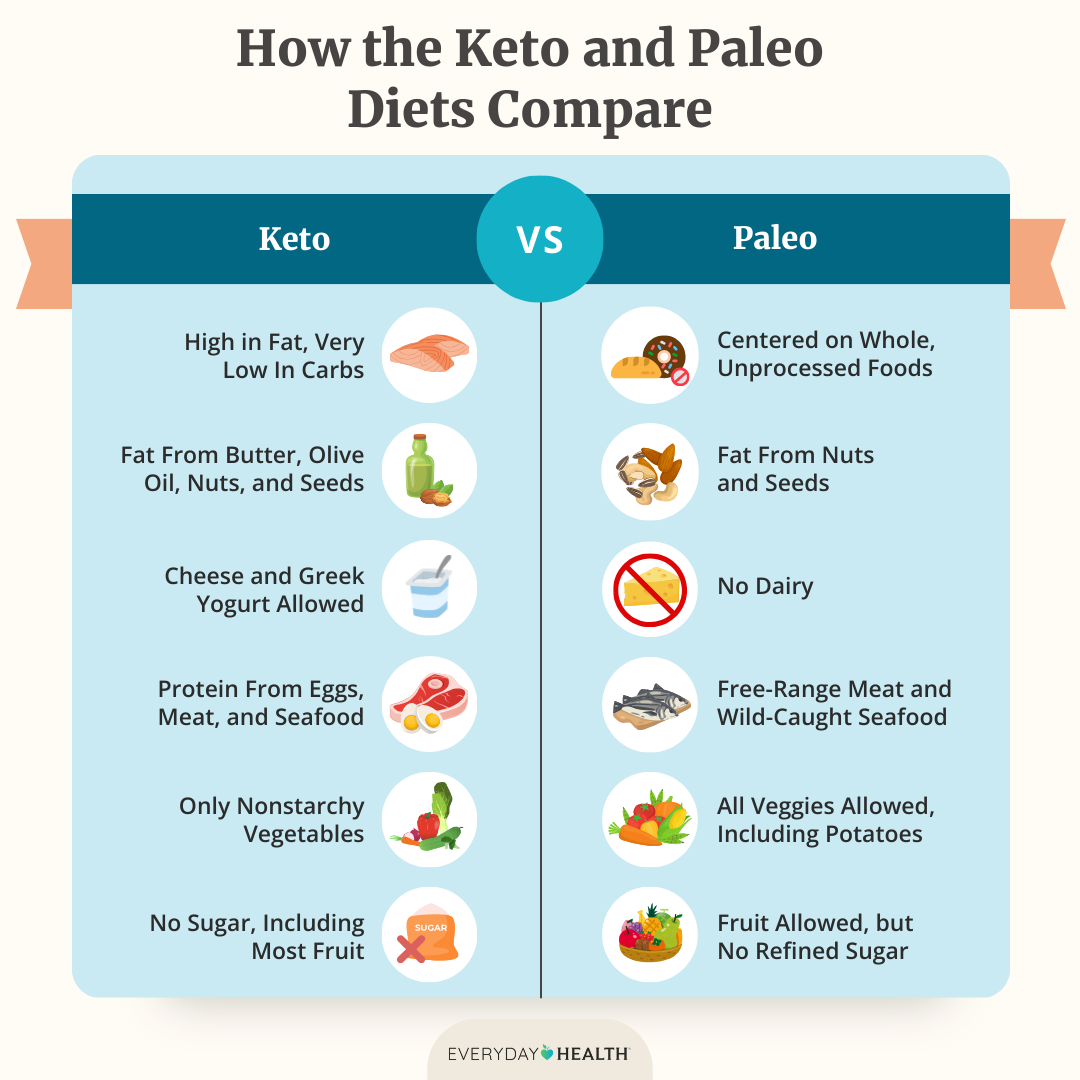
The paleo diet's popularity surge is driven by its focus on whole foods and its appeal to those seeking a natural, unprocessed diet for better health.
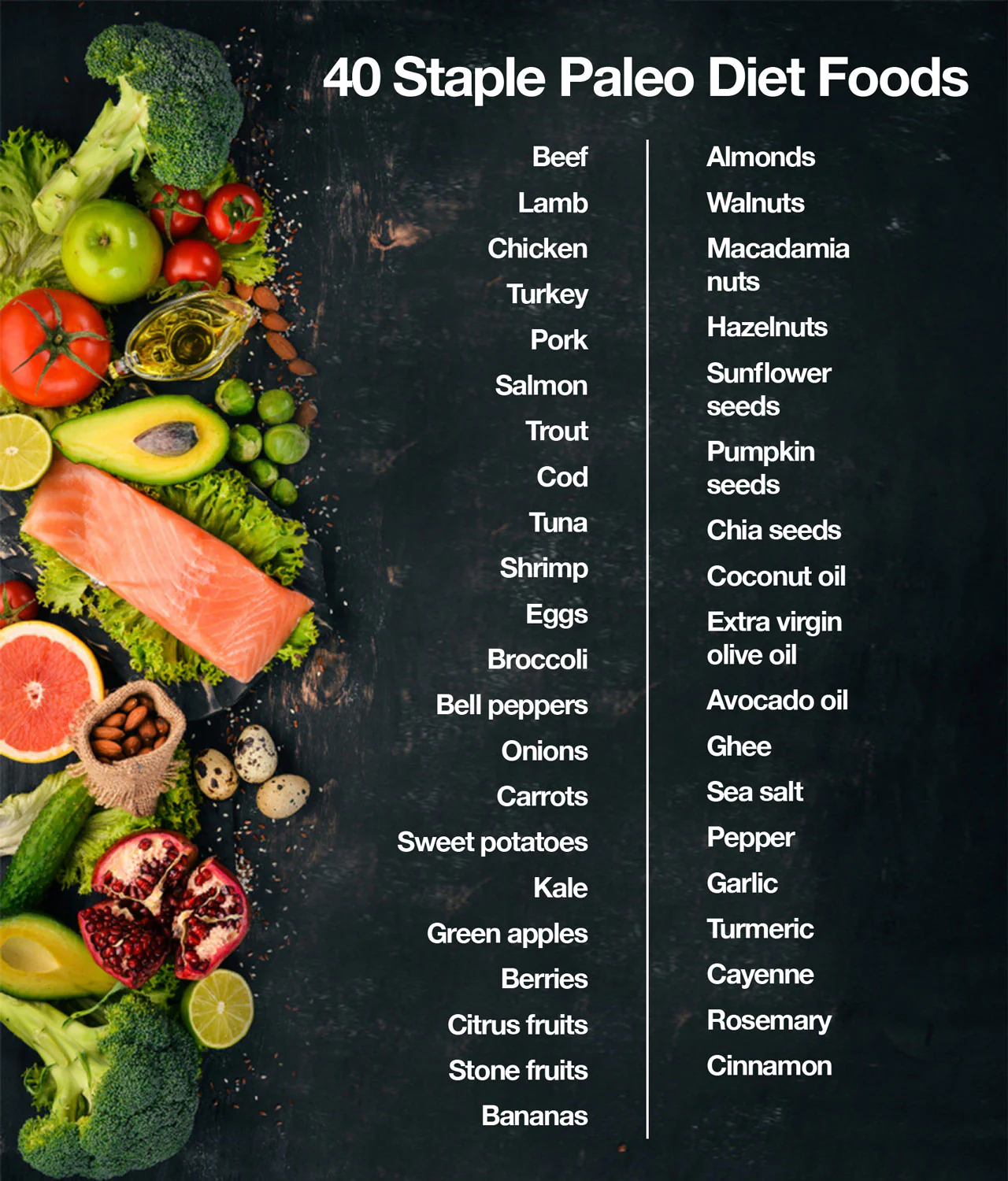
A visual representation of the paleo diet's core principle: consume foods that would have been available to our Paleolithic ancestors while avoiding those introduced by modern agriculture.
Health Benefits of the Paleo Diet
Improved Cardiovascular Health
One of the significant benefits of the paleo diet is its potential to improve cardiovascular health. By eliminating processed foods and focusing on whole, nutrient-dense foods, the diet can help reduce cholesterol levels and lower blood pressure. The inclusion of healthy fats from sources like fish, nuts, and seeds can also support heart health.
For those interested in heart-healthy eating plans, the Mediterranean diet shares similarities with the paleo diet, emphasizing healthy fats, fruits, vegetables, and nuts, which are beneficial for cardiovascular health.

Incorporating heart-friendly foods within the paleo diet can significantly contribute to cardiovascular benefits, promoting heart health.
Enhanced Glycemic Control
The paleo diet can also aid in managing blood sugar levels, making it a potential option for individuals with diabetes or those at risk of developing the condition. By eliminating refined sugars and grains, the diet can help stabilize blood sugar levels and improve insulin sensitivity. The high fiber content from fruits and vegetables further supports glycemic control.
It's important to note that while the paleo diet can offer benefits for blood sugar management, individuals with diabetes should consult with a healthcare provider before making dietary changes to ensure it aligns with their specific needs.
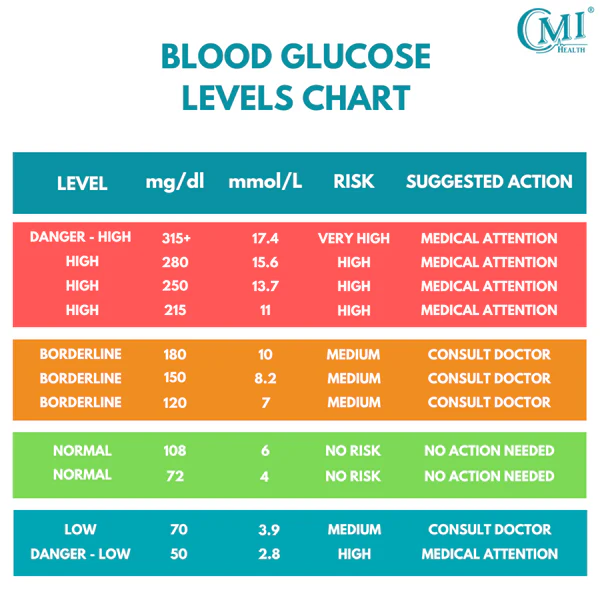
The paleo diet can help enhance glycemic control by stabilizing blood sugar levels through the elimination of refined sugars and grains.
Weight Loss and Improved Satiety
The paleo diet's emphasis on high-protein and high-fiber foods can contribute to weight loss and improved satiety. Protein is known to promote feelings of fullness and reduce appetite, while fiber aids in digestion and helps maintain a healthy weight. By focusing on nutrient-dense foods, individuals may find it easier to manage their weight and avoid overeating.
For those looking to explore healthy food options, the paleo diet offers a variety of choices that can support weight management and overall health.

By emphasizing high-protein and high-fiber foods, the paleo diet can promote weight loss and improve satiety, supporting a healthy lifestyle.
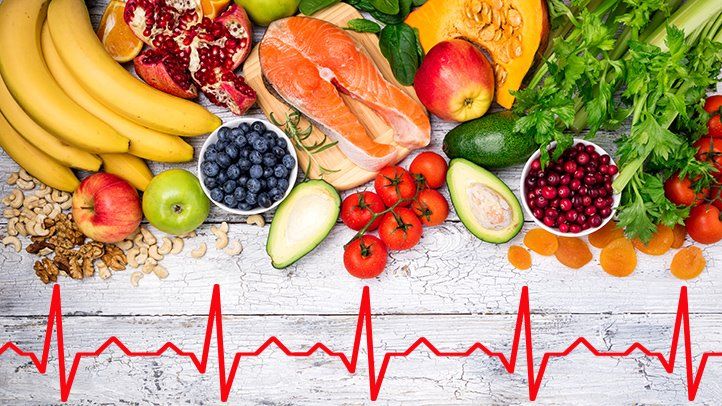
The paleo diet's emphasis on nutrient-dense, whole foods can contribute to improved heart health by reducing cholesterol levels and blood pressure.
Making the Switch to a Paleo Diet
Transitioning to Paleo: Step-by-Step
Switching to a paleo diet can seem daunting, but with a step-by-step approach, it can be manageable and rewarding. Start by gradually eliminating processed foods, grains, and dairy from your diet. Replace these with whole, unprocessed foods such as lean meats, fish, fruits, and vegetables. Focus on incorporating a variety of foods to ensure a balanced intake of nutrients.
Consider planning your meals in advance to make the transition smoother. Preparing meals at home allows you to control the ingredients and ensure they align with paleo principles. For inspiration, you can learn about our food philosophy and discover new recipes that fit the paleo lifestyle.
Overcoming Common Challenges
As with any dietary change, transitioning to a paleo diet may come with challenges. One common issue is the initial adjustment period, where individuals may experience cravings for non-paleo foods. To overcome this, focus on the variety and flavors of paleo-friendly foods and experiment with new recipes to keep meals exciting.
Another challenge is dining out or socializing, where non-paleo options may be prevalent. In such situations, plan ahead by researching restaurants that offer paleo-friendly options or suggest venues like the Heirloom Cafe and Fresh Market, which cater to diverse dietary preferences.
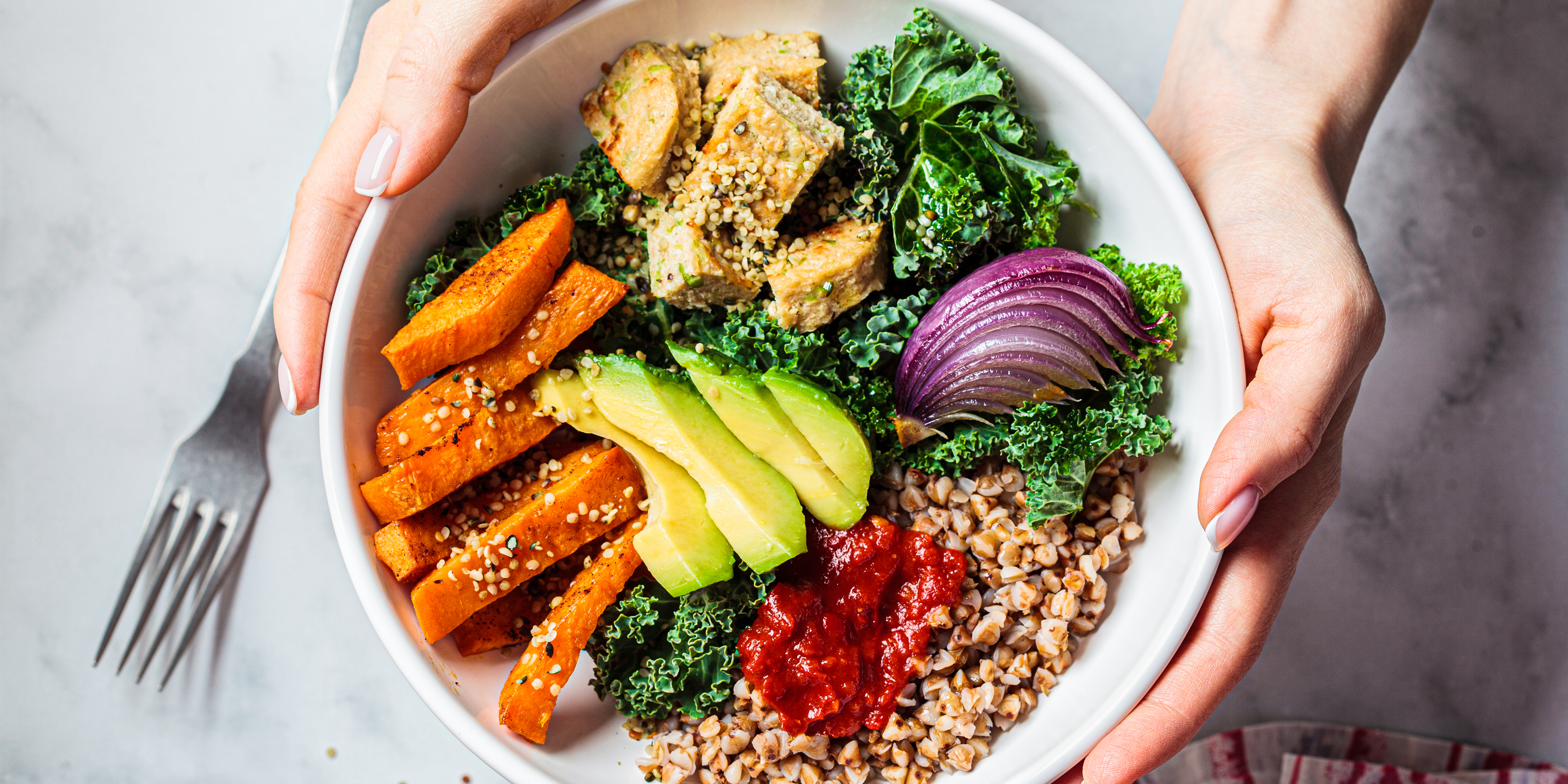
Overcoming common challenges in the paleo diet involves finding satisfying alternatives to processed foods and embracing new culinary experiences.
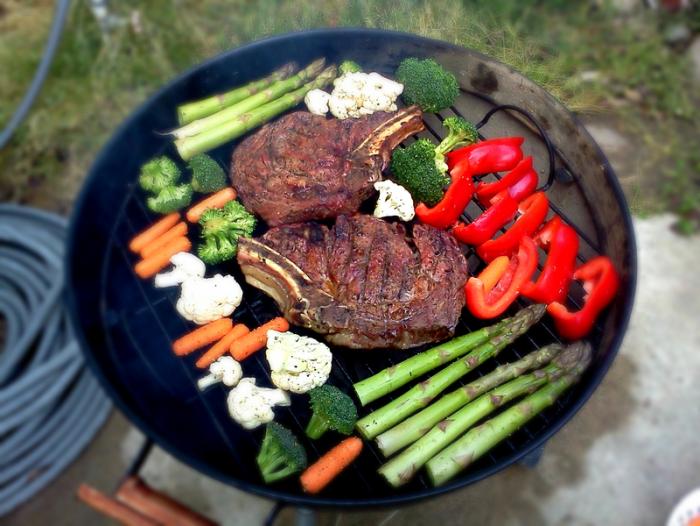
A structured approach to transitioning to the paleo diet can make the process smoother, encouraging the replacement of processed foods with whole, nutritious options.
Paleo Diet Meal Planning
Creating a Balanced Paleo Meal Plan
Creating a balanced paleo meal plan involves incorporating a variety of foods to ensure adequate nutrient intake. A typical day on the paleo diet might include:
- Breakfast: Scrambled eggs with spinach and tomatoes, served with a side of fresh fruit.
- Lunch: Grilled chicken salad with mixed greens, avocado, and a lemon-olive oil dressing.
- Dinner: Baked salmon with roasted vegetables and a side of quinoa (optional for those who include pseudo-grains).
- Snacks: Nuts, seeds, or a piece of fruit.
For more meal ideas and inspiration, consider exploring the NYC street food scene for creative paleo-friendly options.
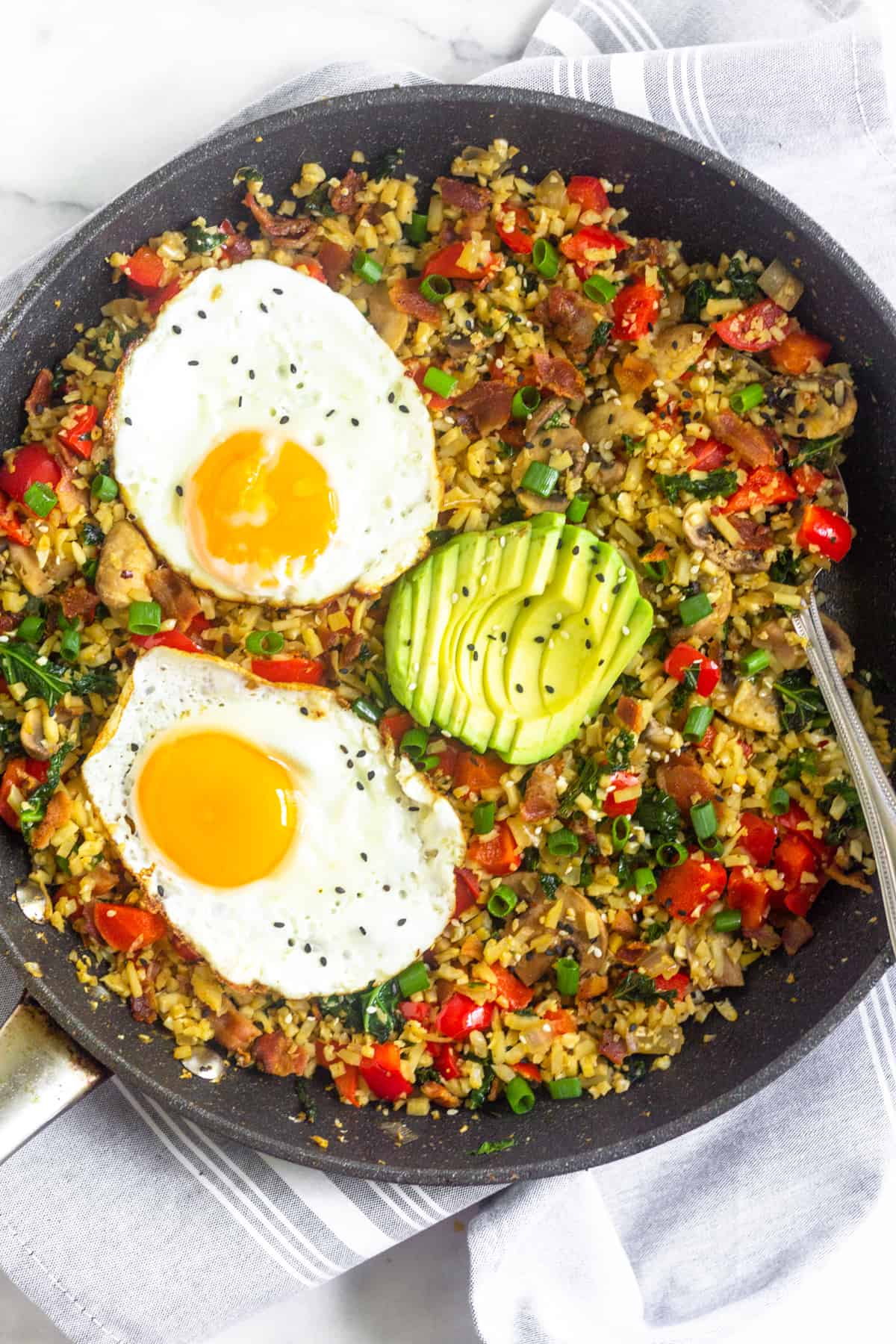
A balanced paleo meal example, showcasing the variety and nutrient richness possible within this dietary framework.
Incorporating Variety and Flavor
One of the keys to maintaining a paleo diet is incorporating variety and flavor into your meals. Experiment with different herbs and spices to enhance the taste of your dishes. Try new cooking methods, such as grilling, roasting, or steaming, to keep meals interesting.
Additionally, explore different cuisines that naturally align with paleo principles, such as Mediterranean, Thai, or Mexican, to add diversity to your meal plan. By keeping your meals varied and flavorful, you'll be more likely to stick with the paleo diet long-term.

Planning meals ahead is crucial for maintaining a balanced paleo diet, ensuring a variety of nutrients through diverse and delicious foods.
Potential Risks and Considerations
Nutritional Deficiencies
While the paleo diet offers numerous health benefits, it's essential to be aware of potential nutritional deficiencies. By eliminating entire food groups, such as grains and dairy, individuals may miss out on certain nutrients like calcium and vitamin D. To mitigate this risk, focus on consuming a wide variety of nutrient-dense foods and consider supplements if necessary.
Consulting with a healthcare provider or a registered dietitian can help ensure that your dietary choices meet your nutritional needs and prevent deficiencies.
Individual Variability
It's important to recognize that the paleo diet may not be suitable for everyone. Individual variability in dietary needs, preferences, and health conditions means that what works for one person may not work for another. For example, individuals with certain medical conditions or dietary restrictions may need to modify the paleo diet to suit their needs.
Before making significant dietary changes, it's crucial to consult with a healthcare provider to ensure that the paleo diet aligns with your health goals and individual requirements.

While the paleo diet offers numerous health benefits, it's important to consider potential nutritional gaps and consult with a healthcare professional.
Conclusion
The paleo diet offers a return to a way of eating that emphasizes whole, unprocessed foods, which can lead to numerous health benefits, including improved cardiovascular health, enhanced glycemic control, weight loss, and reduced risk of chronic diseases. By focusing on nutrient-dense foods and eliminating processed foods, grains, and dairy, individuals can experience improved overall health and well-being.
However, it's important to approach the paleo diet with careful consideration, taking into account individual nutritional needs and potential challenges. Consulting with a healthcare provider or a registered dietitian can provide valuable guidance and ensure that the diet aligns with personal health goals.
For those interested in making the switch to a paleo lifestyle, gradual transitions, meal planning, and exploring diverse food options can make the process more manageable and enjoyable. By embracing the principles of the paleo diet, individuals can embark on a journey towards better health and well-being.

The paleo diet is not just about eating like our ancestors but also embracing an active lifestyle, promoting overall wellness and health benefits.
Frequently Asked Questions
The paleo diet, also known as the "caveman diet," is a nutritional plan that emphasizes whole, unprocessed foods that our Paleolithic ancestors would have consumed. This includes lean meats, fish, fruits, vegetables, nuts, and seeds, while excluding grains, dairy, and processed foods. The diet is based on the idea that the human body is genetically adapted to the diet of our ancestors, and modern dietary habits contribute to chronic diseases and health issues.
The paleo diet offers several potential health benefits, including improved cardiovascular health, enhanced glycemic control, weight loss, and reduced risk of chronic diseases such as heart disease and diabetes. By focusing on whole, nutrient-dense foods and eliminating processed foods, individuals may experience improved overall health and well-being.
While the paleo diet can offer numerous health benefits, it may not be suitable for everyone. Individual variability in dietary needs, preferences, and health conditions means that what works for one person may not work for another. It's important to consult with a healthcare provider before making significant dietary changes to ensure that the paleo diet aligns with personal health goals and individual requirements.
Making the switch to a paleo diet involves gradually eliminating processed foods, grains, and dairy from your diet and replacing them with whole, unprocessed foods. Start by planning your meals in advance and experimenting with new recipes to keep meals exciting. Consider consulting with a healthcare provider or a registered dietitian for personalized guidance and support.
While the paleo diet offers numerous health benefits, there are potential risks to consider. By eliminating entire food groups, such as grains and dairy, individuals may miss out on certain nutrients like calcium and vitamin D. To mitigate this risk, focus on consuming a wide variety of nutrient-dense foods and consider supplements if necessary. Consulting with a healthcare provider or a registered dietitian can help ensure that your dietary choices meet your nutritional needs and prevent deficiencies.
The paleo diet can aid in weight loss due to its emphasis on high-protein and high-fiber foods, which promote satiety and reduce appetite. By focusing on nutrient-dense foods and eliminating processed foods, individuals may find it easier to manage their weight and avoid overeating. However, individual results may vary, and it's important to approach weight loss with a balanced and sustainable mindset.
The paleo diet includes a variety of whole, unprocessed foods such as lean meats, fish, fruits, vegetables, nuts, and seeds. Foods that are excluded from the diet include grains, legumes, dairy products, and processed foods. The focus is on consuming foods that our Paleolithic ancestors would have hunted or gathered, promoting a return to a way of eating that is more aligned with human evolution.
For more information on healthy food options and meal planning, consider exploring resources like explore healthy food options and learn about our food philosophy.